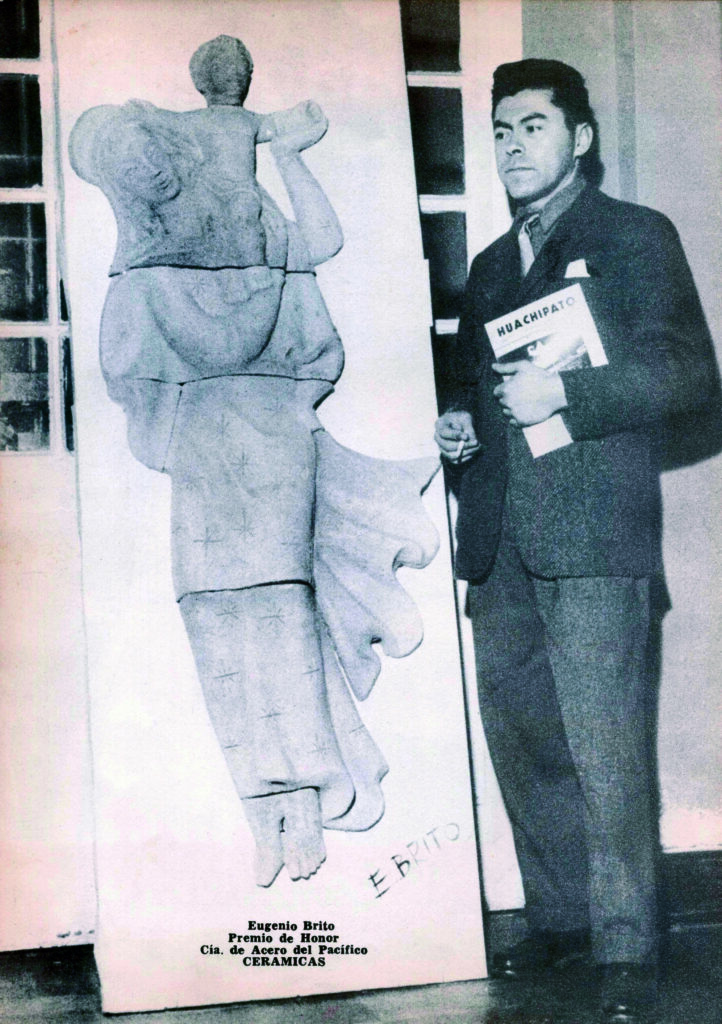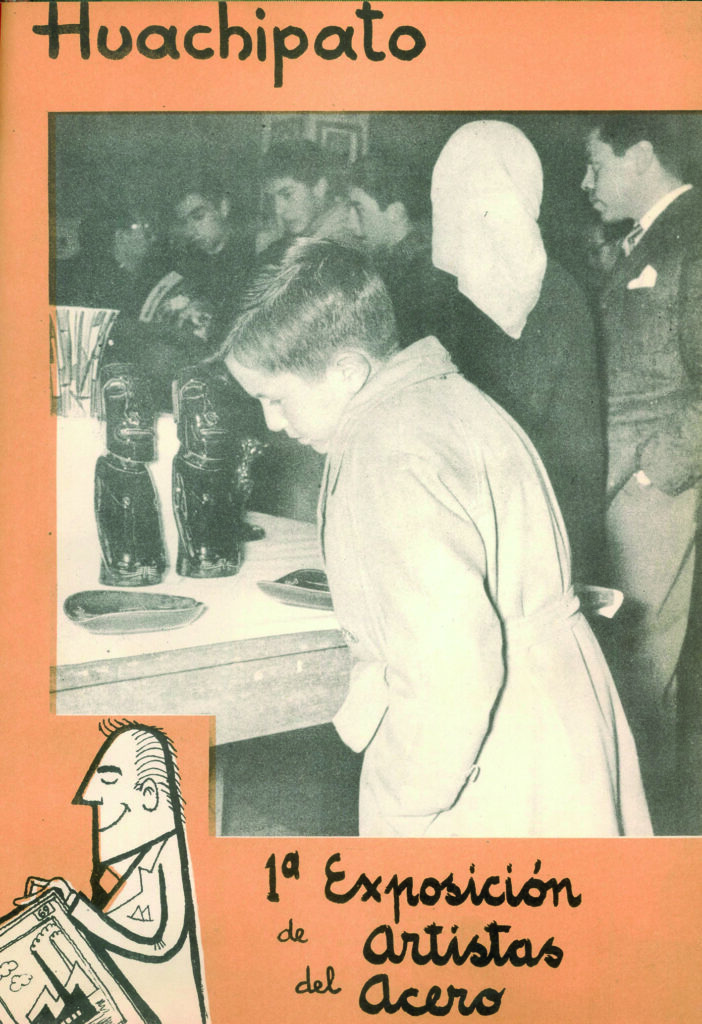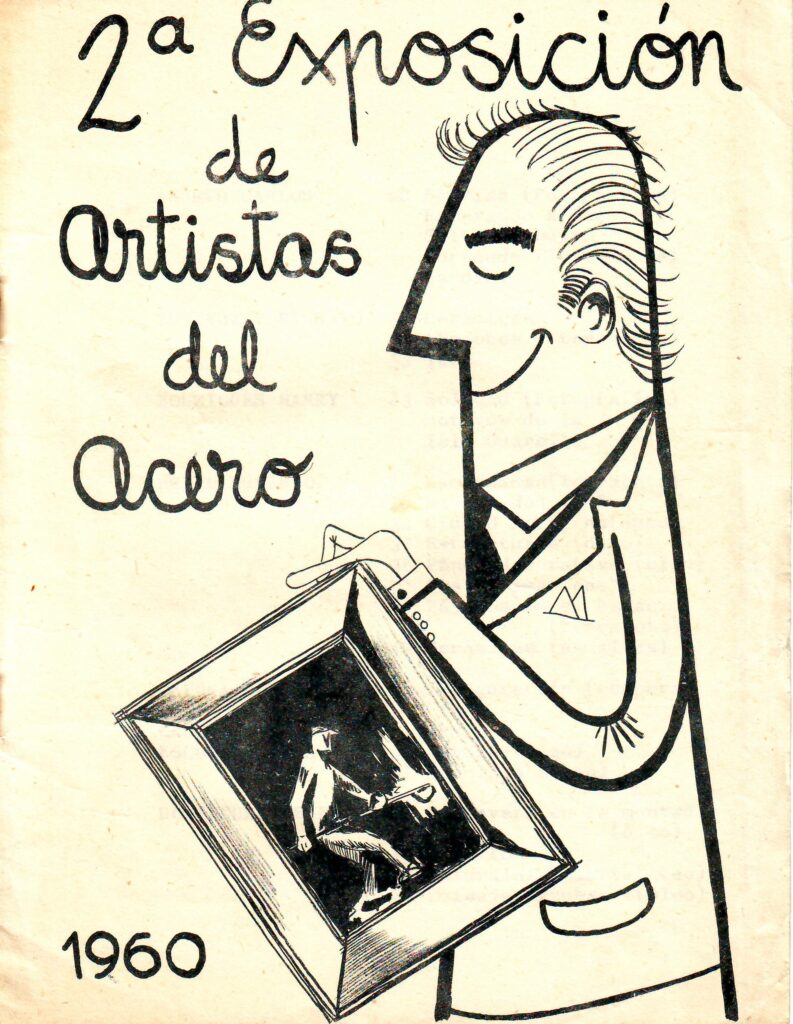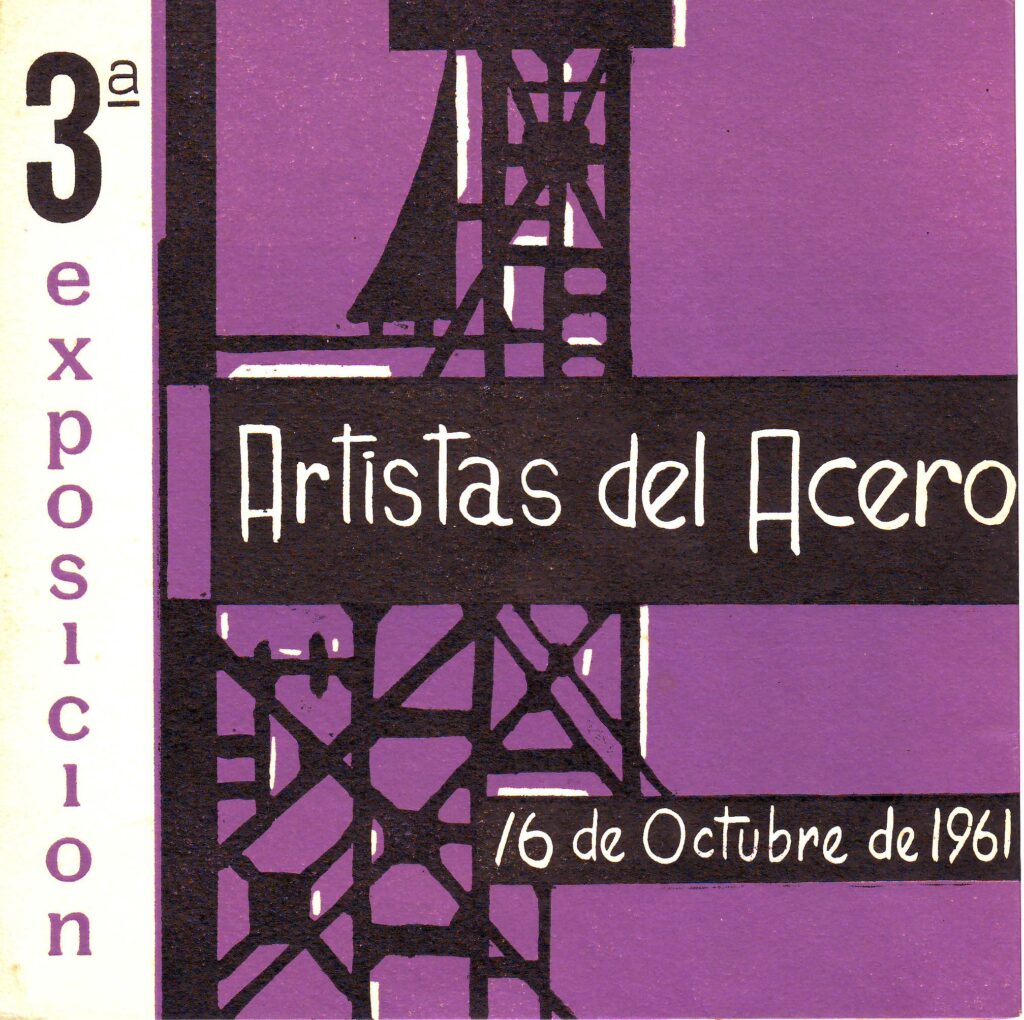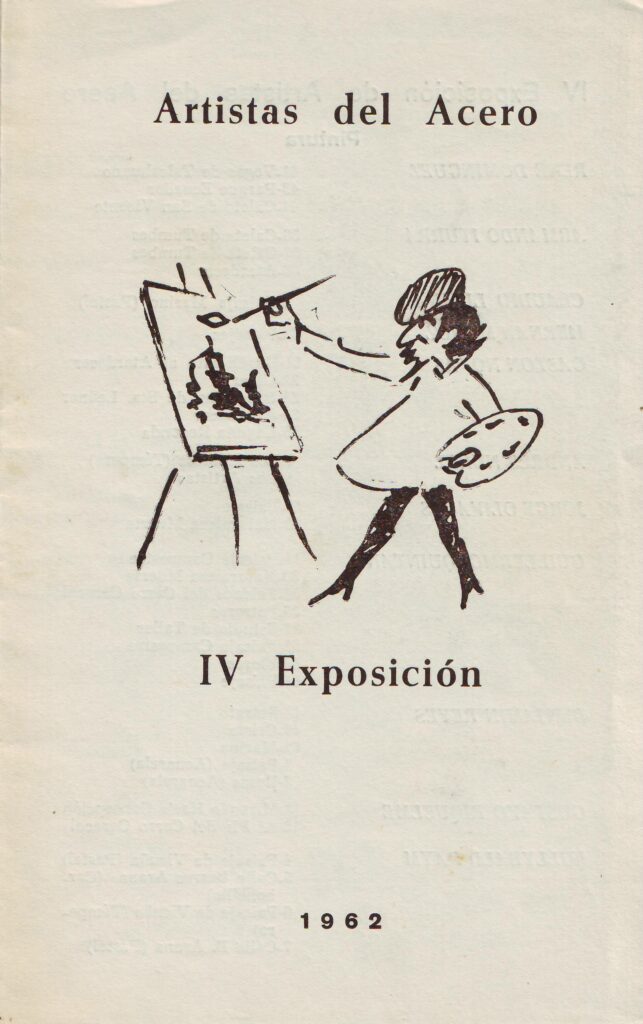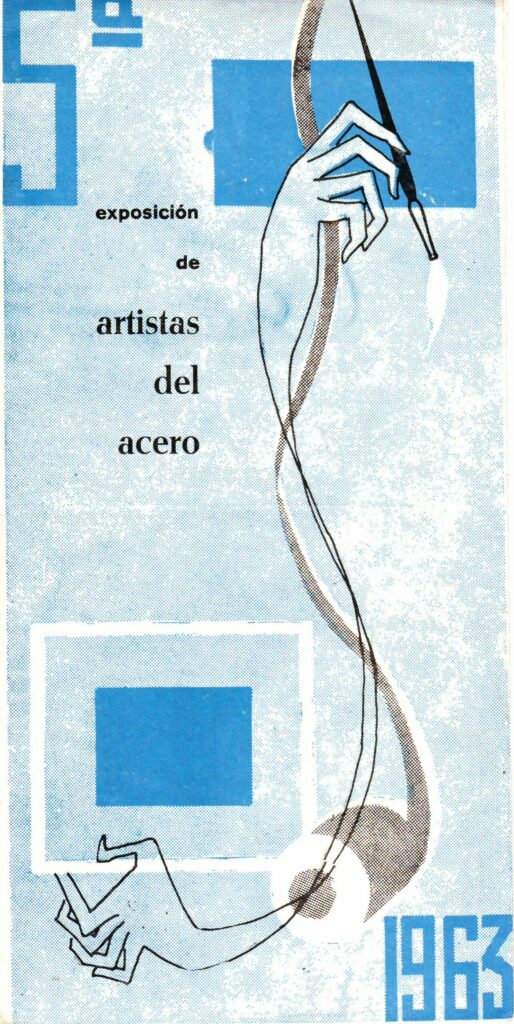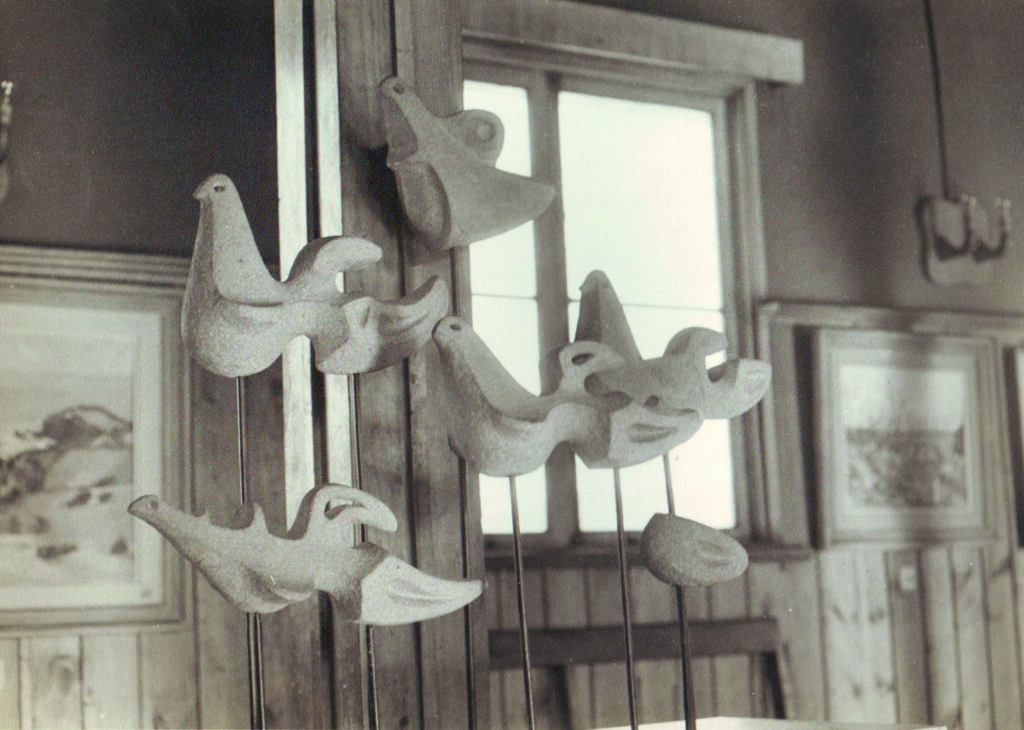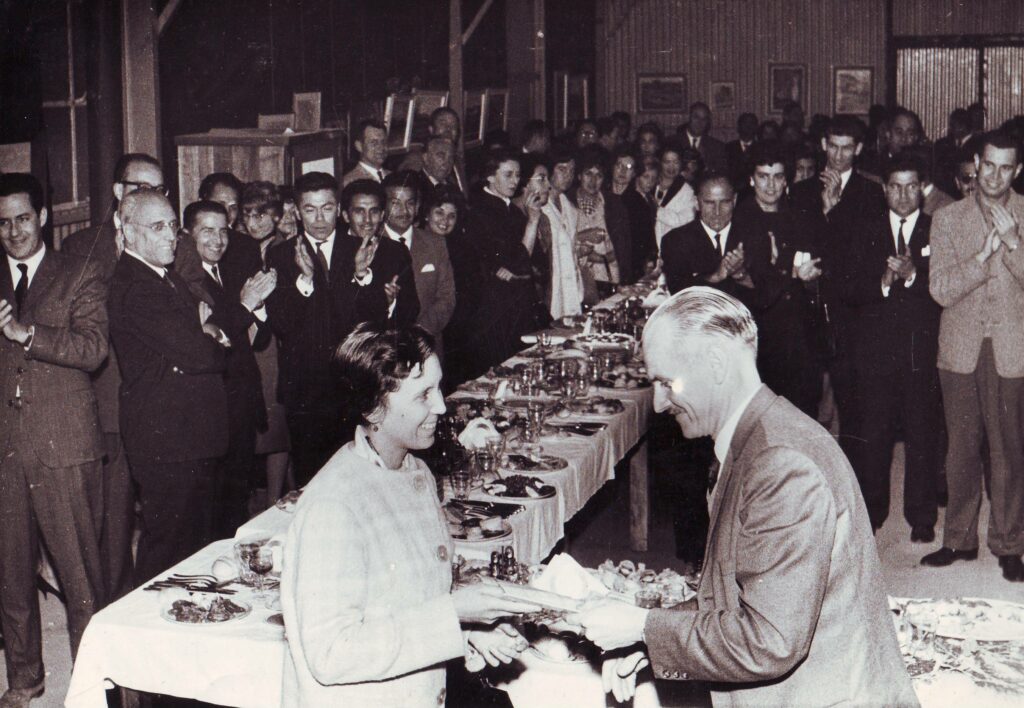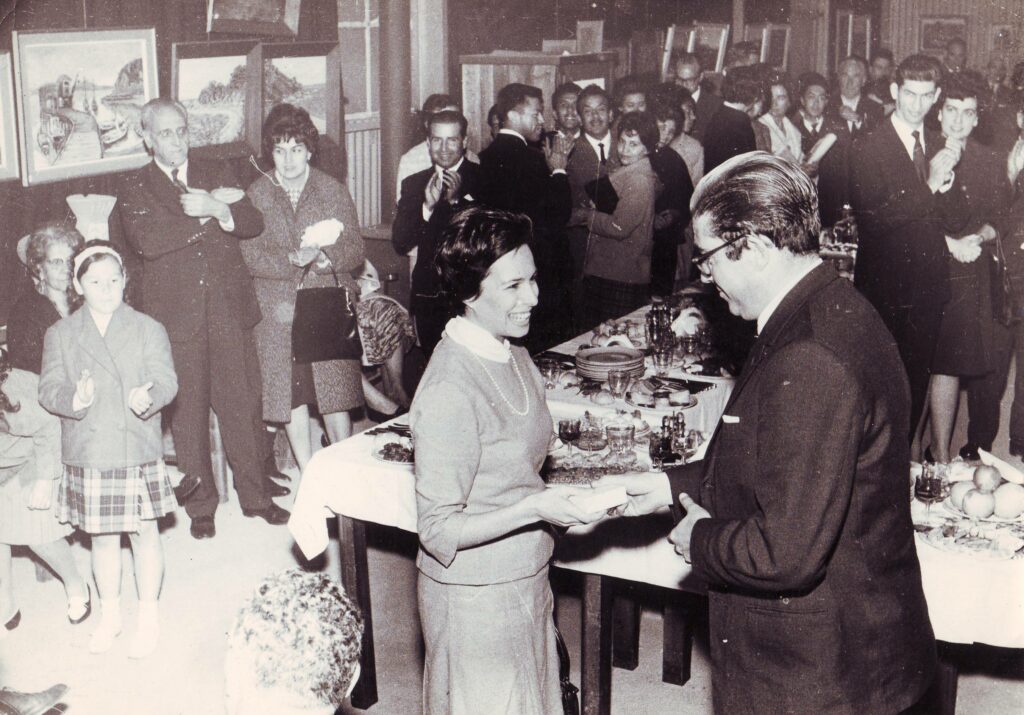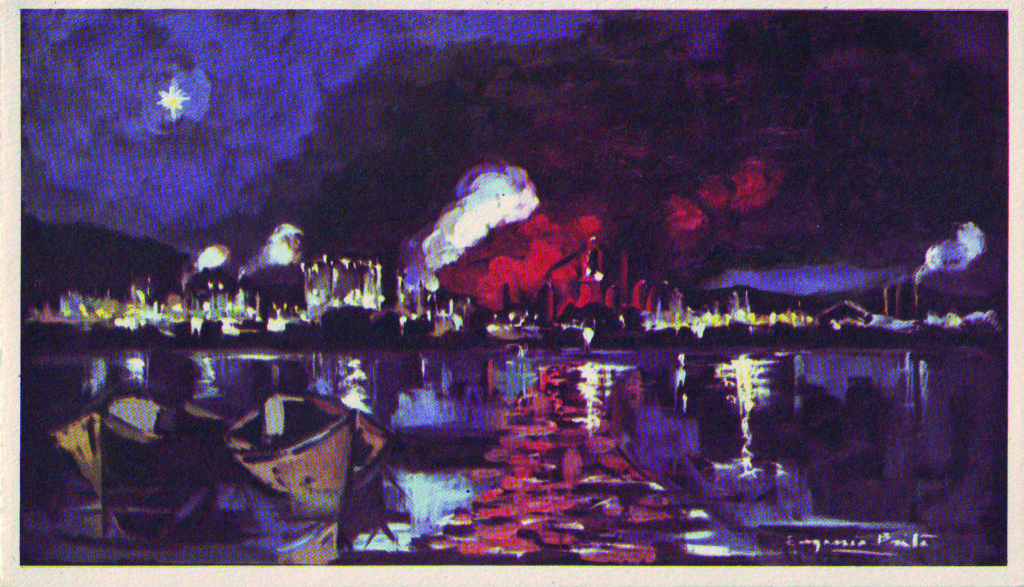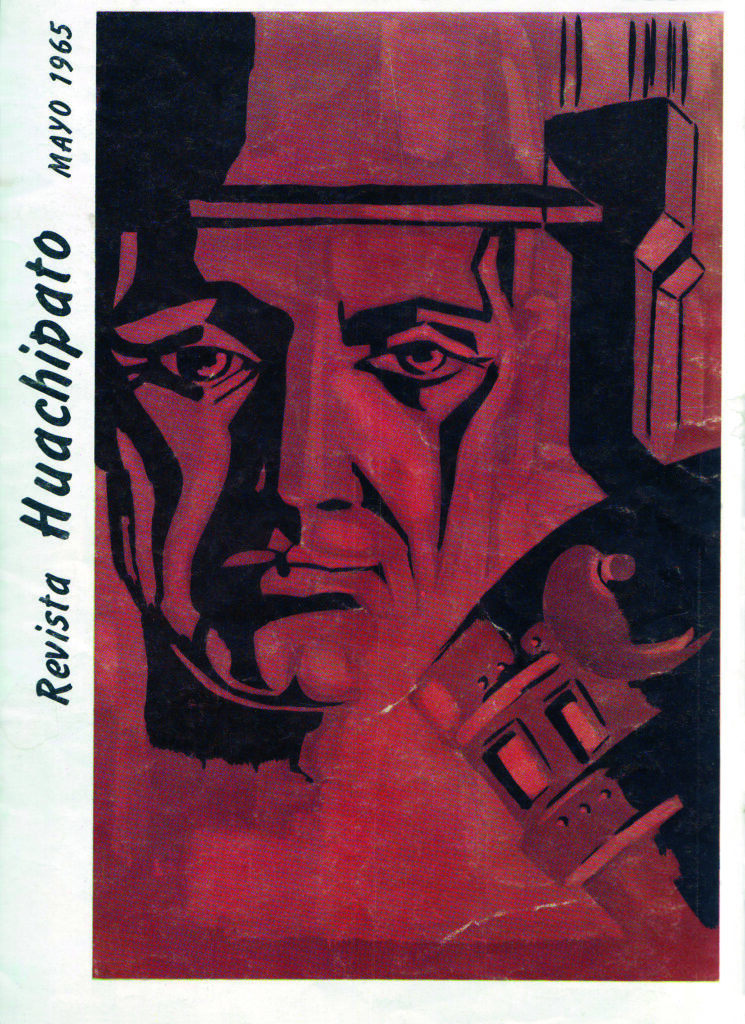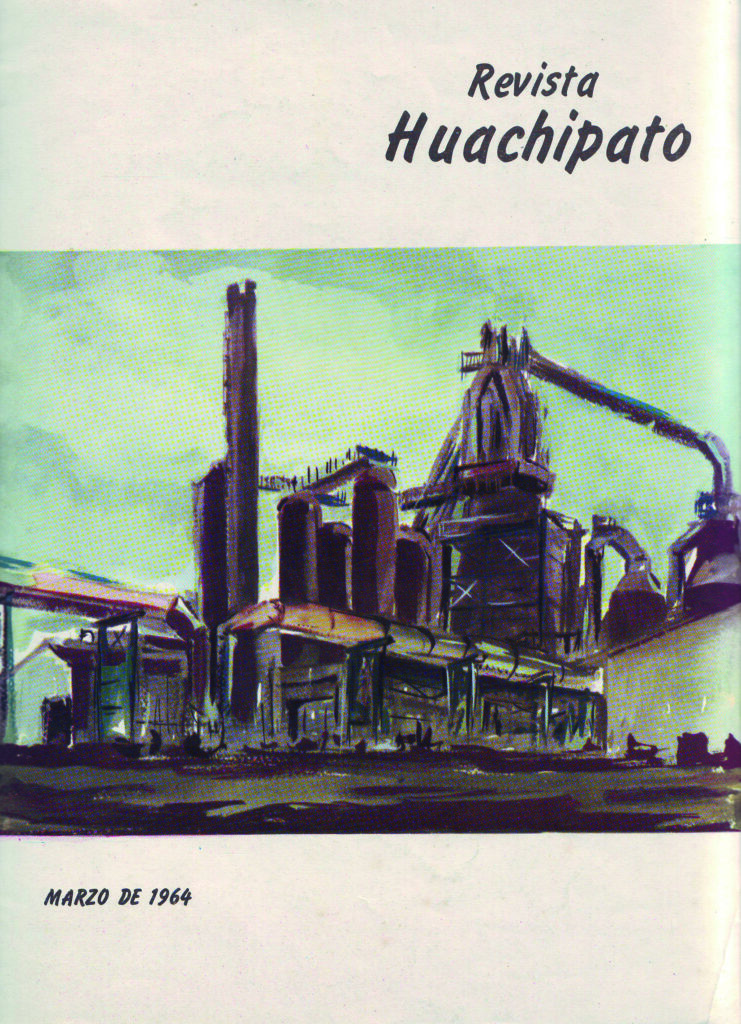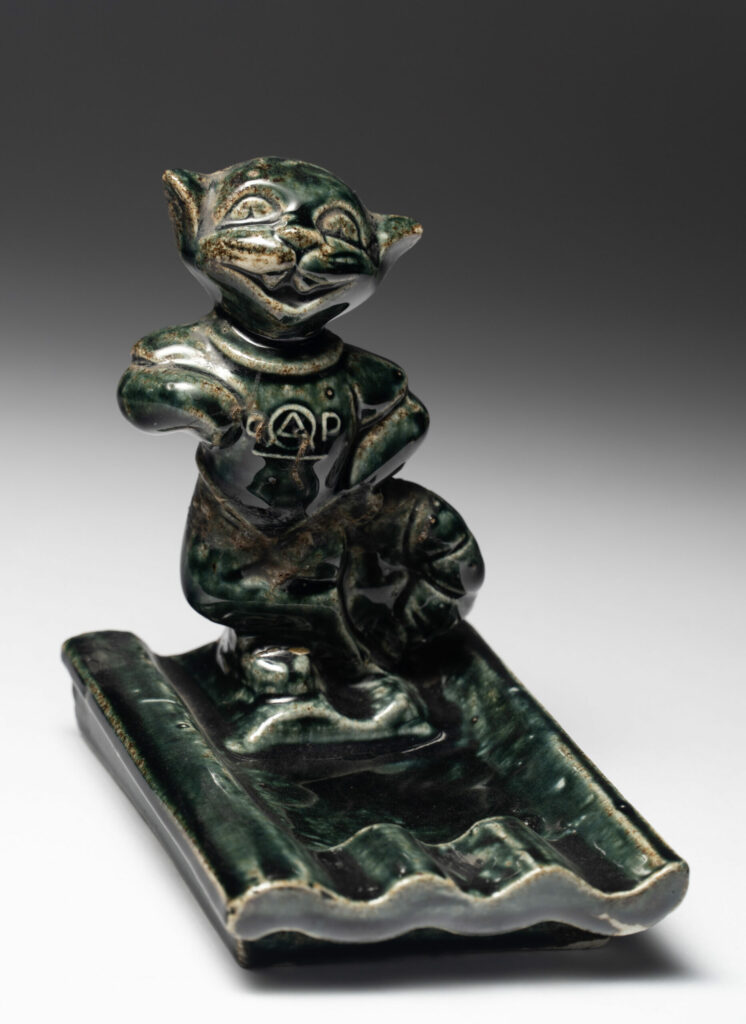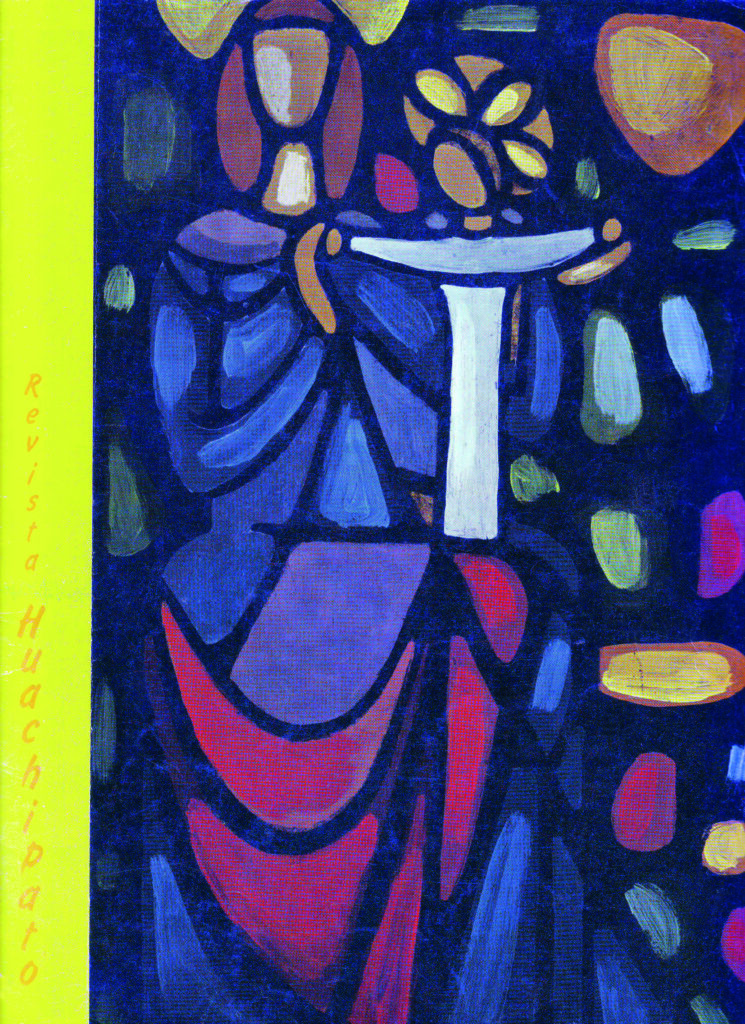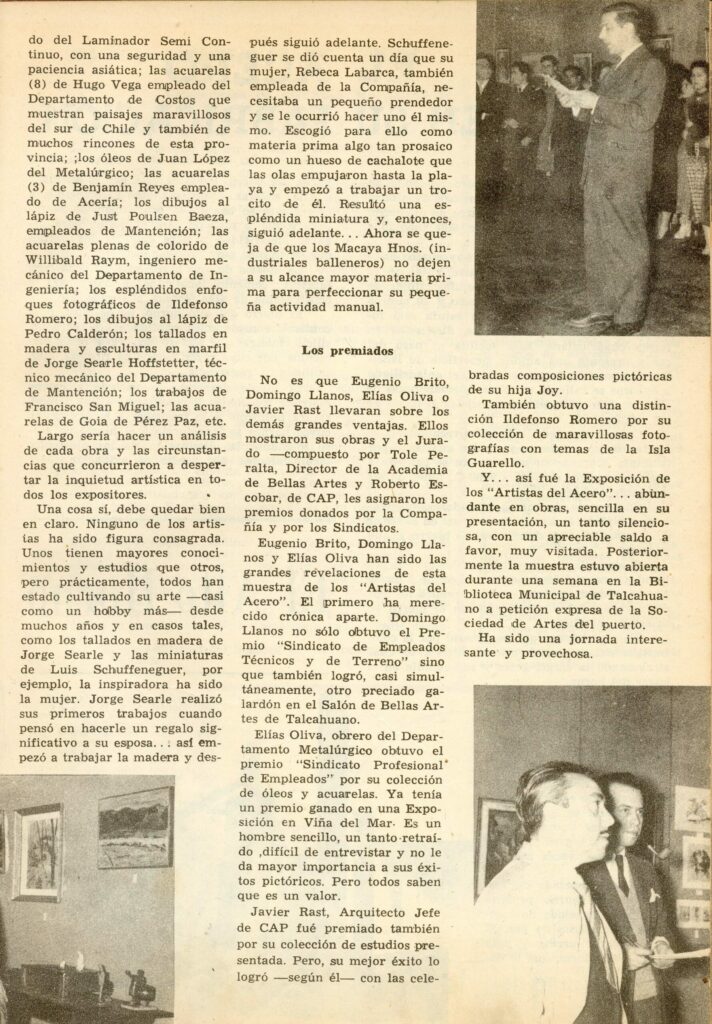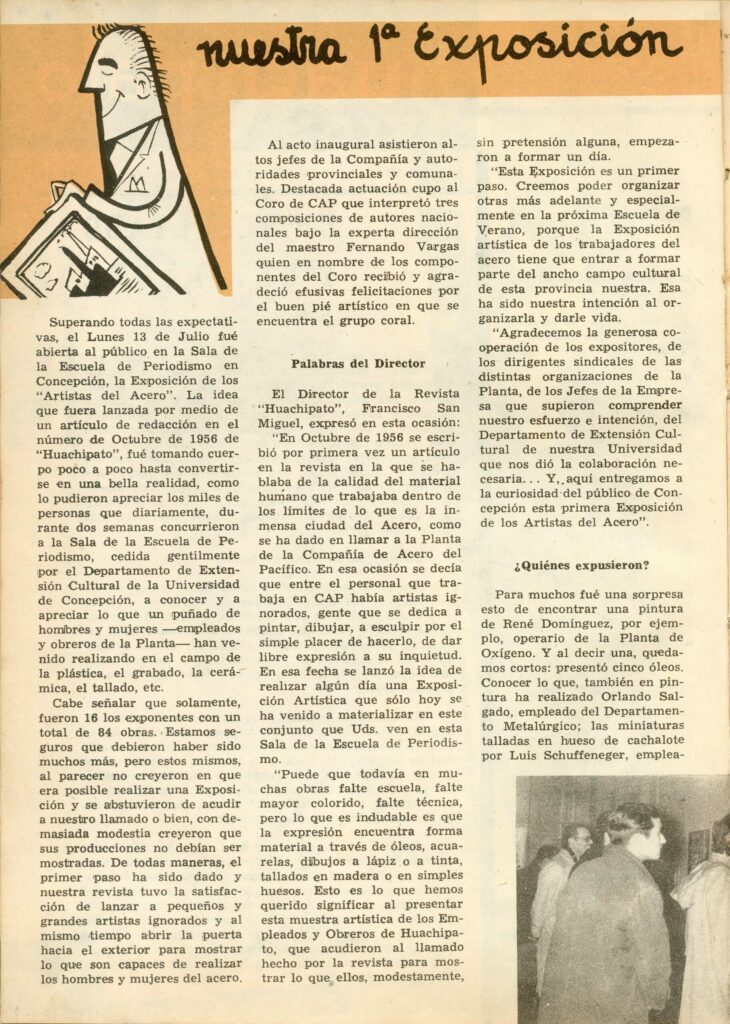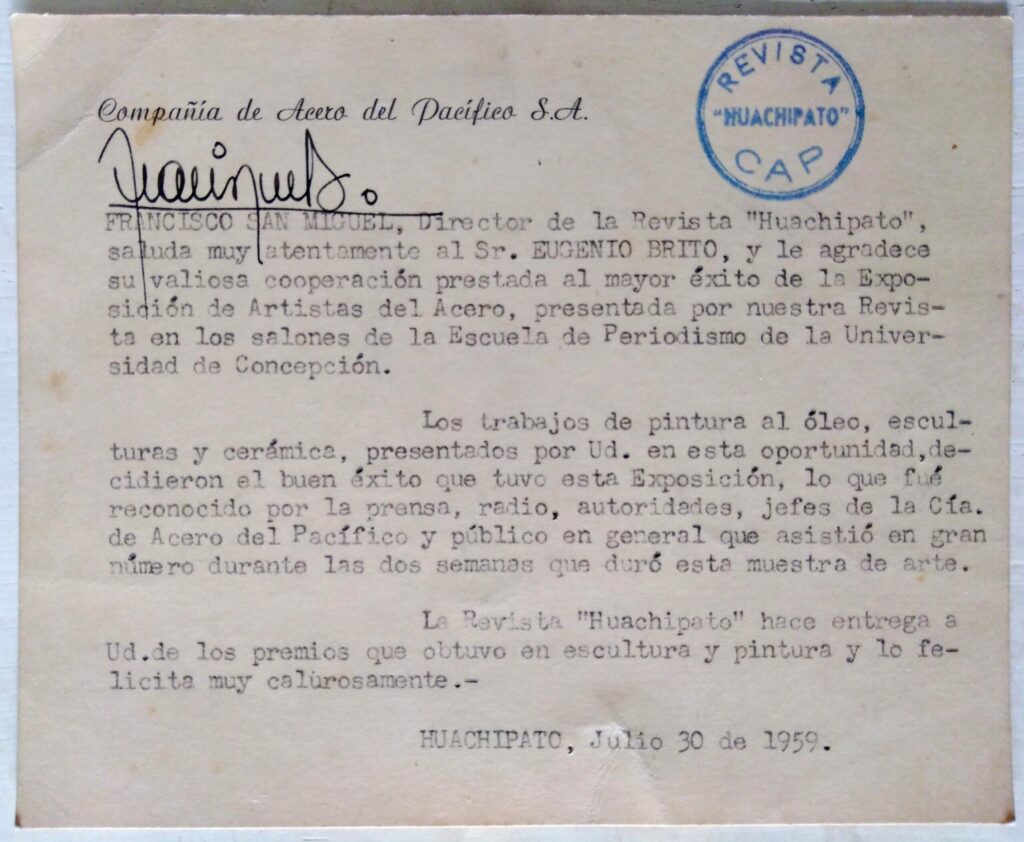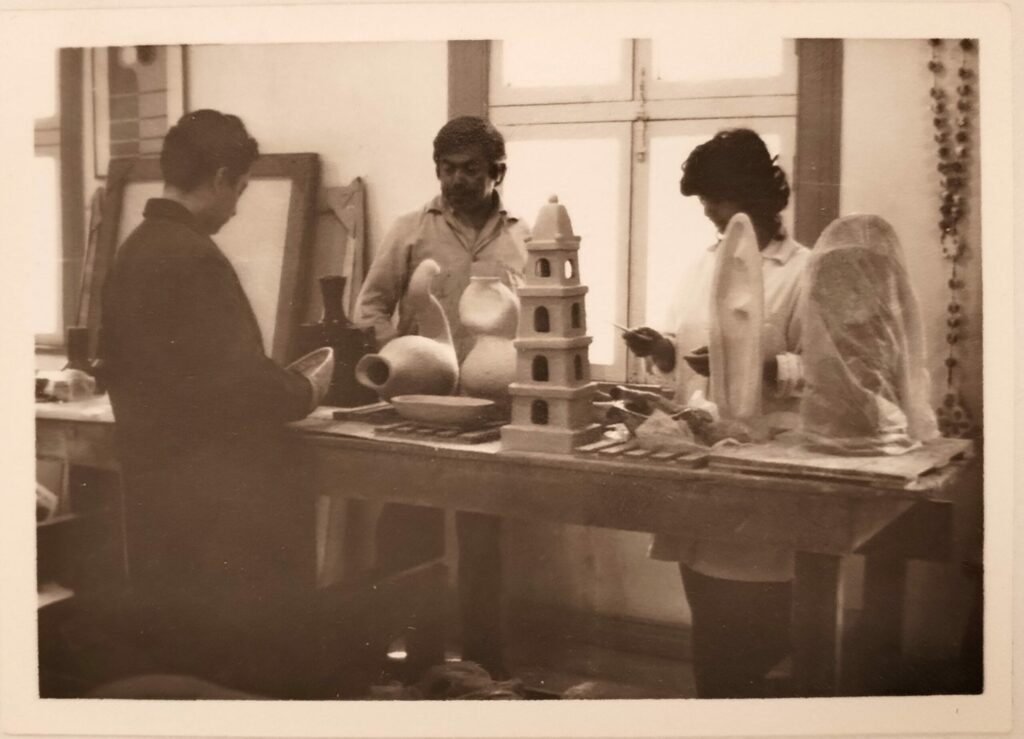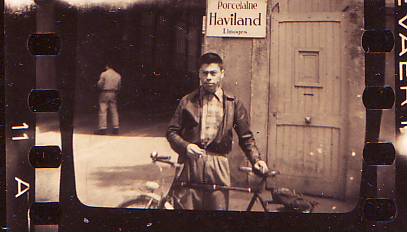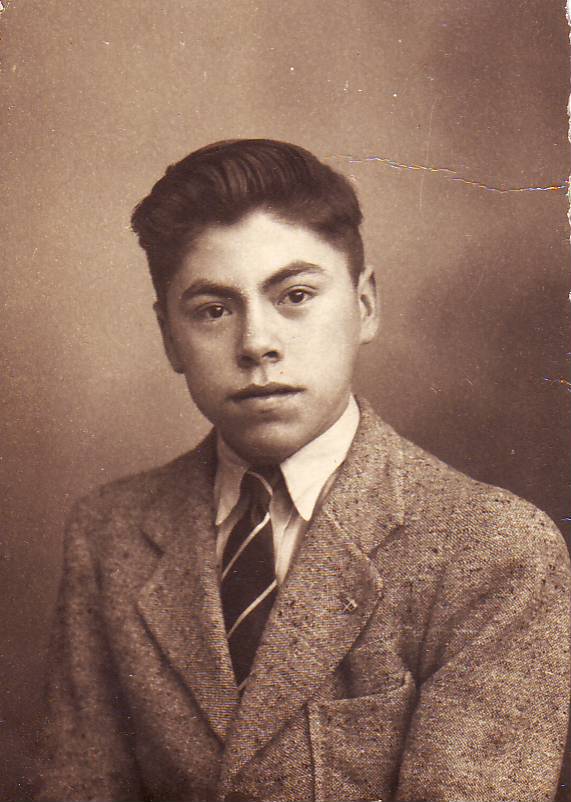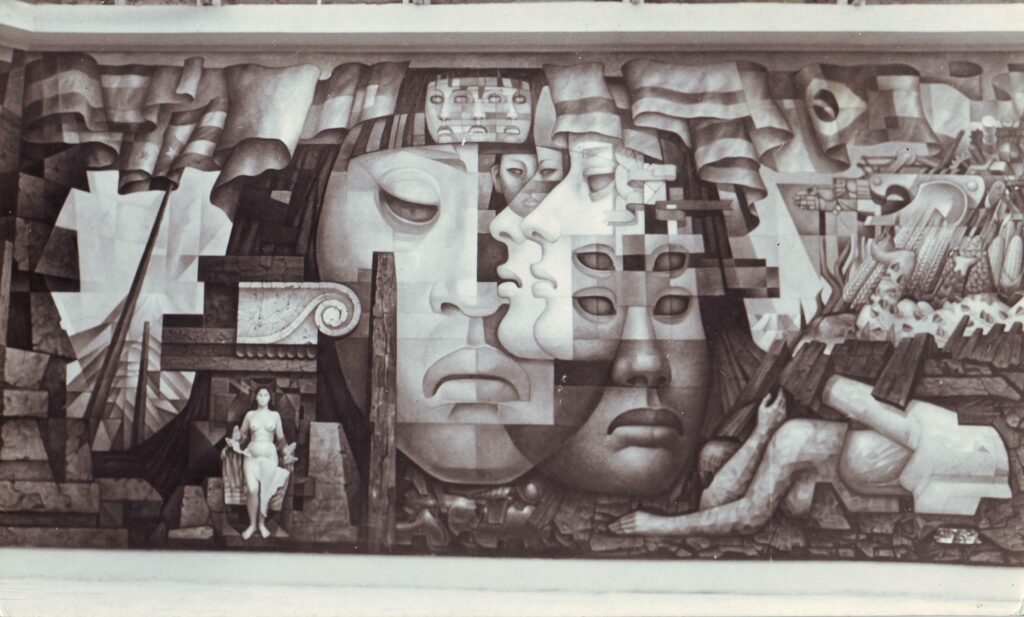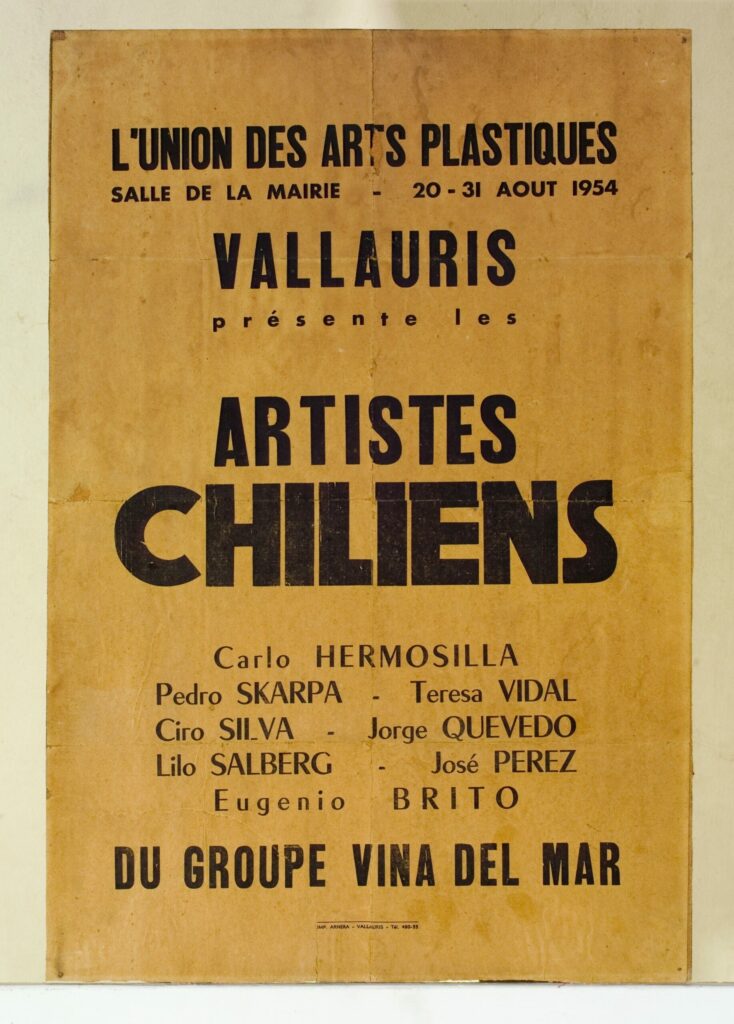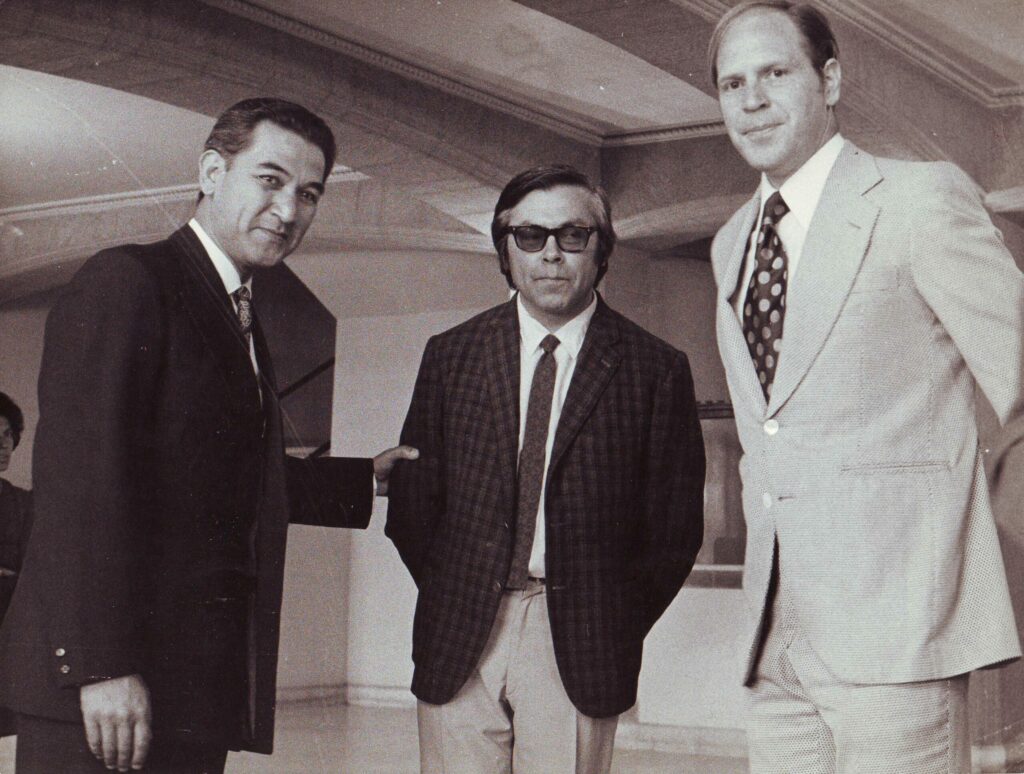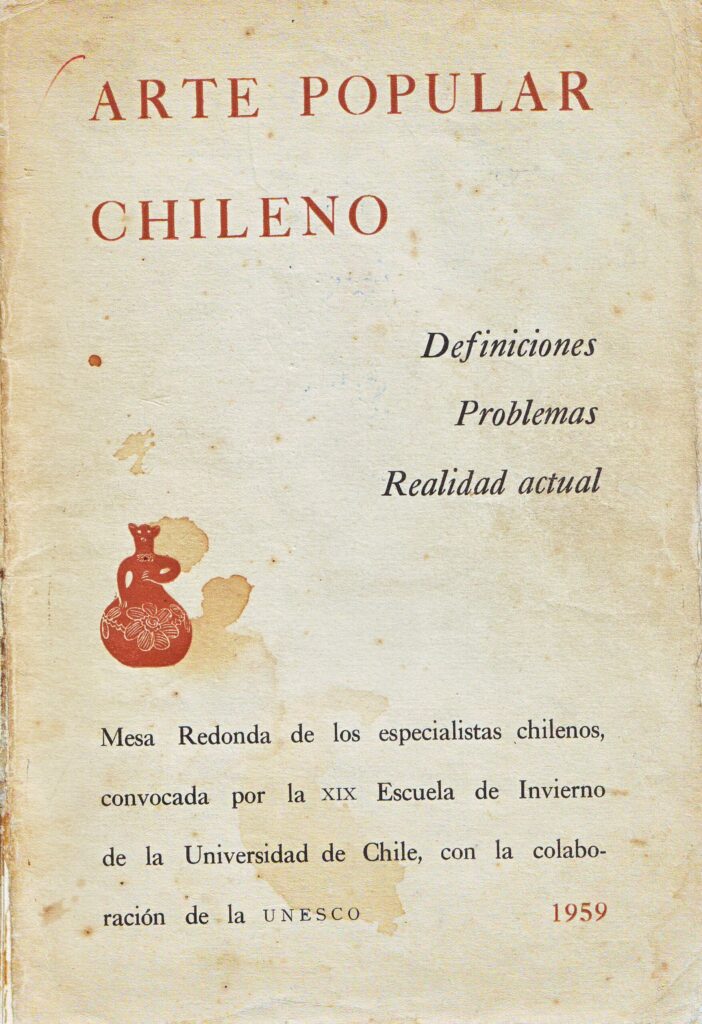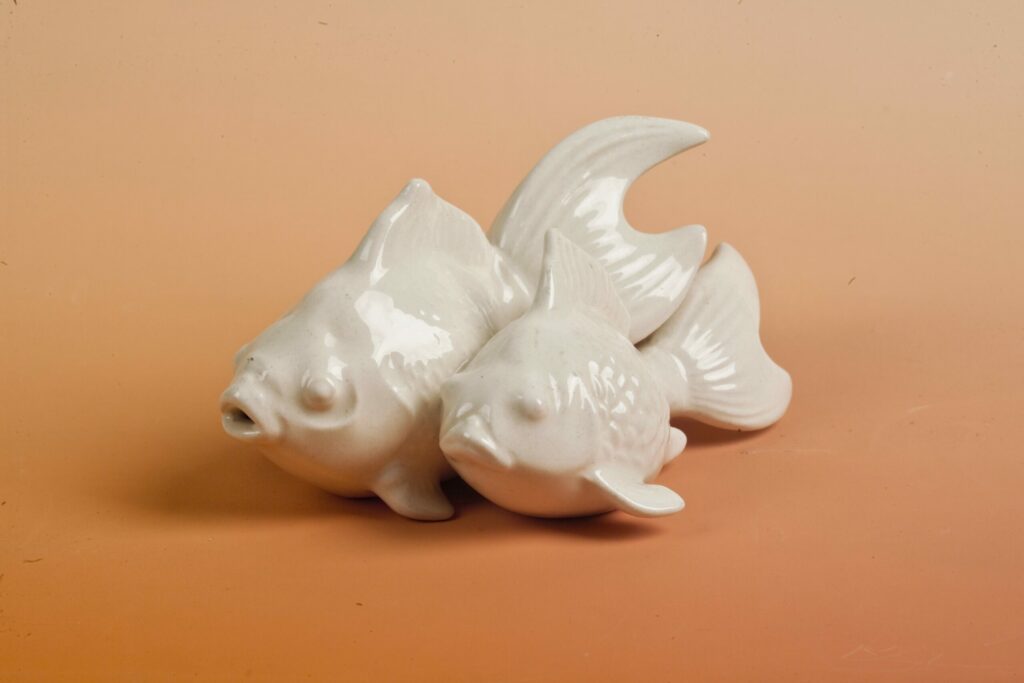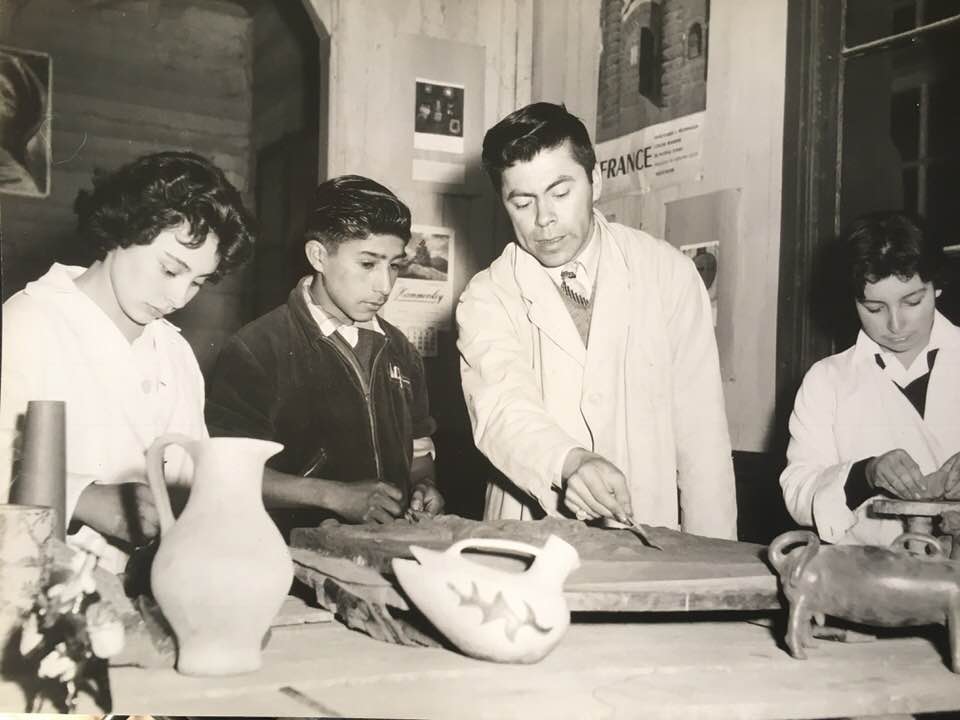Between 1958 and 1962 Eugenio Brito Honorato worked in Huachipato, a company dependent on ‘Compañía de Acero del Pacífico CAP’, as a cultural advisor and designer of the magazine Huachipato’s institutional publication. During those years, he engaged in a collaborative effort with others to establish ‘Artistas del Acero’, an academy that subsequently evolved into the “Artistas del Acero Cultural Corporation’.
Las Tres Pascualas mural
1959, majolica and mosaic. University shopping corridor, Concepción-Chile. Quote “Eugenio Brito Honorato , a personal look”, Paula Brito. Pág. 128. Albino Echeverria Concepción Murals of Concepción and surroundings. ”Las Tres Pascualas” is possibly the most fascinating and intricate of the five murals created in the area by Eugenio Brito Honorato. It appears to be immersed in blues and grayish ochres, where the figures’ net volumes on the plane make them stand out and give the work a notable presence. It is a magnificent 18-square-meter ceramic space located at the bottom of the interior staircase leading to the second floor of Concepción’s central university shopping corridor. It depicts a well-known local legend about three women who supposedly perished for love in the lagoon that bears their names.
This entire work was diagrammed using the mosaic technique and flat geometric figures. On these, he projects three elongated planes, the sides of which are blue and the center of which has ochre and reddish colors. The upper portion consists of a series of geometric planes, rectangles, and squares of varying sizes with inscribed triangles, the largest of which is white and united to the others at the top by a circular figure resembling the moon, thereby breaking the game of planes and straight lines. On the three rectangular planes in the center are positioned, in relief, the three figures that comprise the mural’s motif, their elongated forms generate a sense of monumentality. Each one is composed of several ceramic parts assembled and colored with blue and ocher glazes. The modeling strives for synthesis and emphasizes volume so that the figures resemble sculptures that seem to ascend in the gray air, an impression enhanced by six birds in flight, also in relief, and colors very similar to those used in the figures, energizing the white plane that cross the wall.”
The station of the Cross
A total of fourteen parts comprises the Stations of the Cross, which correspond to the fourteen stations crafted in majolica relief in 1959 for the Church of Villa Presidente Ríos in Talcahuano. Also, an individual artwork, associated with the thirteenth Station of the Way of the Cross and bearing the inscription “Jesus is taken down from the Cross,” was commissioned to be affixed to the façade of the Mausoleum of the Segura Luke family in the General Cemetery of Concepción.
